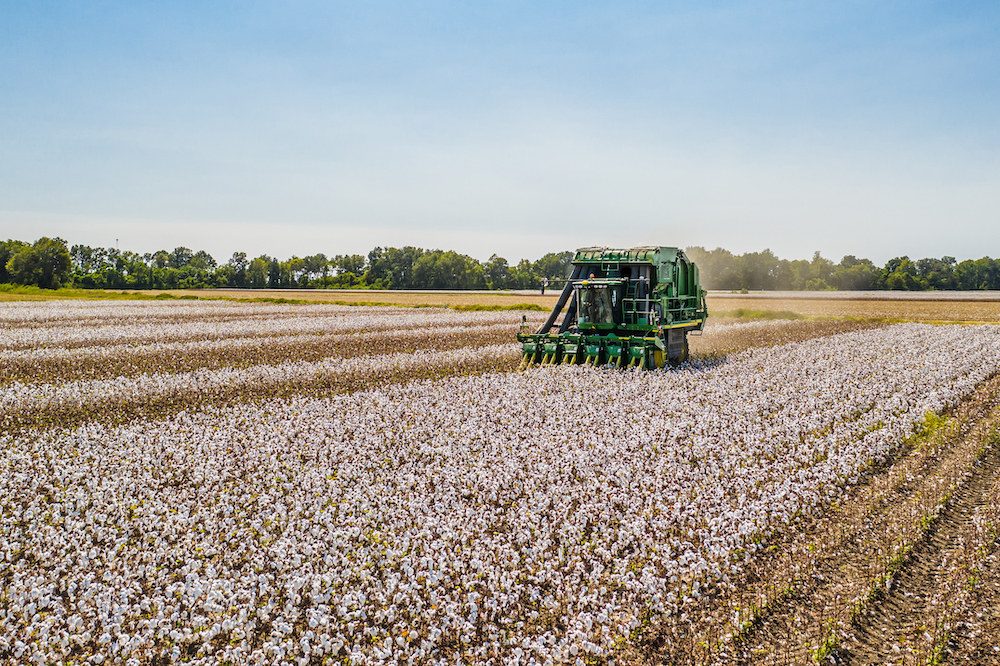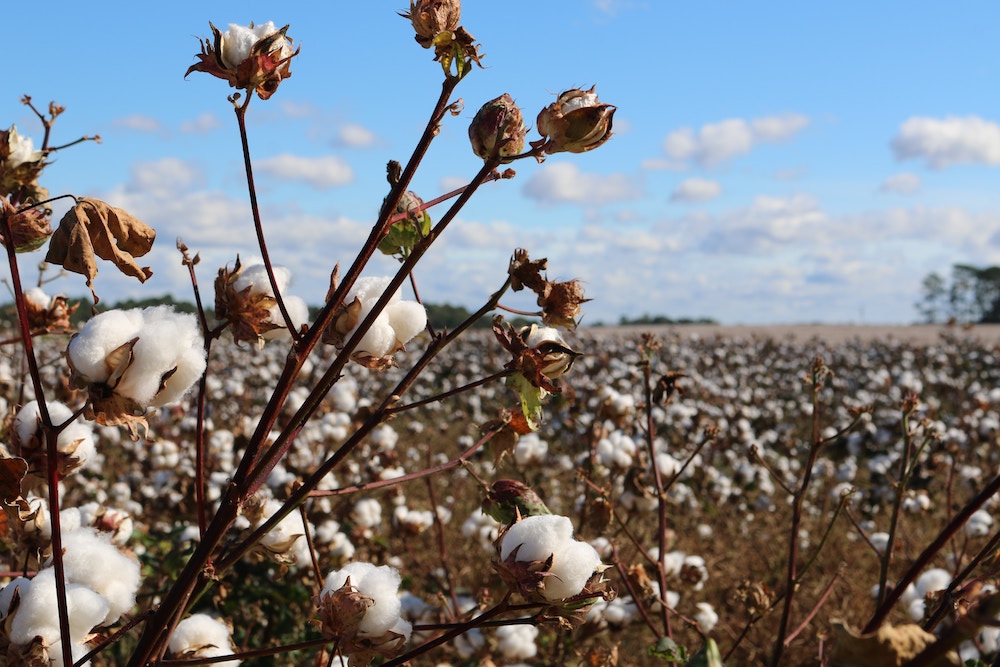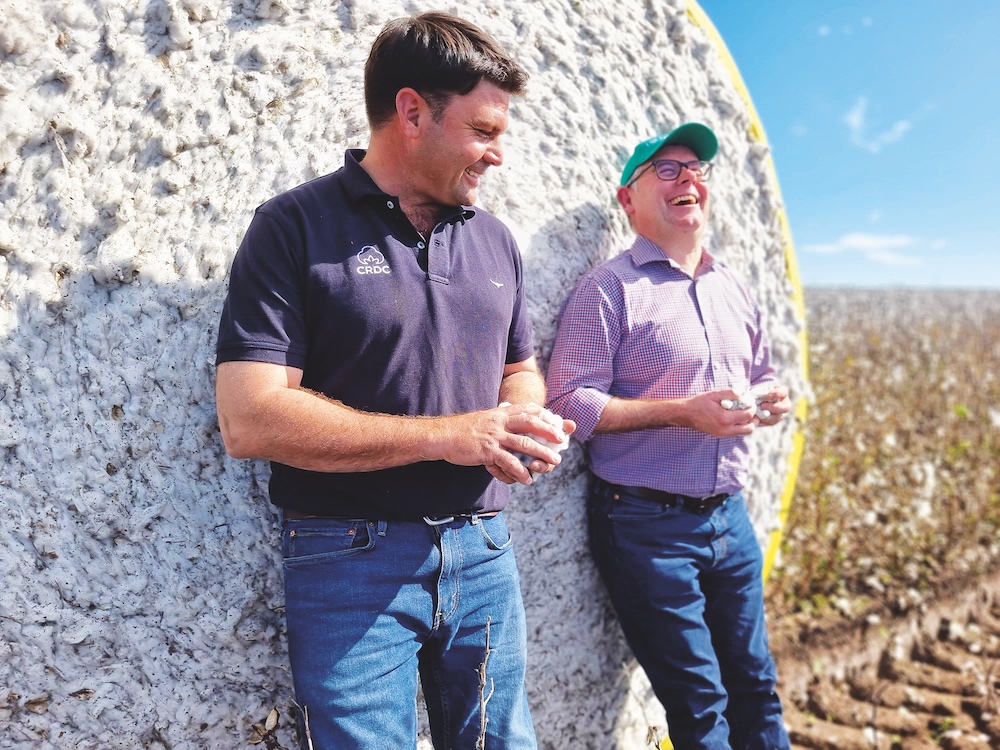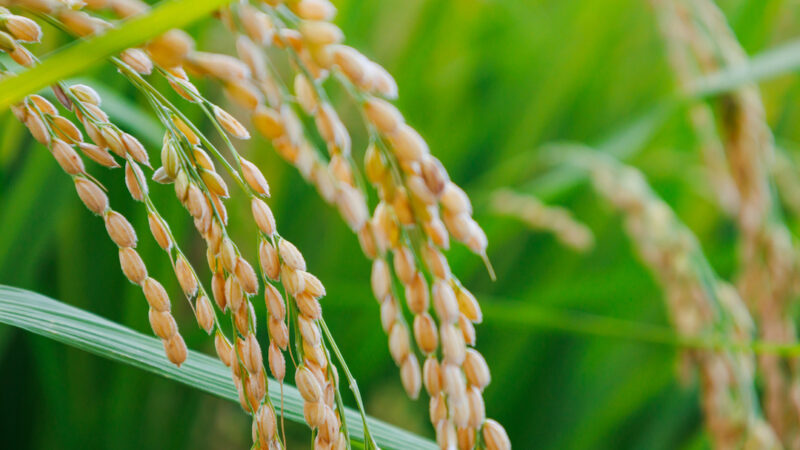As much of NSW still suffers from drought, and as we prepare for El�Ni�o to…
Ambitious water-saving plan approved for cotton industry

Persistent dry spells spanning multiple seasons and limited river system replenishments across NSW have had a profound impact on the availability of surface water allocations for cotton production.
But relief is around the corner, with an ambitious water conservation initiative, aiming to recover a substantial 1,440 gigalitres of water annually through cutting-edge technology and innovative strategies.
The Cotton Research and Development Corporation (CRDC) strategic plan represents a $125 million investment in research over the next five years. At its core, this initiative is driven by the mission to significantly enhance water efficiency within the industry by addressing its major sources of water loss.
According to the Department of Primary Industries (DPI), NSW recently recorded one of the smallest crops in the state�s history and the smallest crop at a national level in more than 40 years.
DPI estimates total output of the industry is at $249 million, down 71 per cent year on year.
Approved by the Federal Minister for Agriculture, Hon. Murray Watt, the CRDC Strategic RD&E Plan 2023-2028: �Clever Cotton� is CRDC�s newest investment plan � one which embodies the innovation, cooperation and agility of the cotton industry.
According to CRDC Acting Executive Director, Allan Williams, the plan will establish a sustainable low-carbon production system, capturing data and insights that enhance the market access and value of cotton. It will also provide a roadmap to world-leading RD&E that enables the cotton industry to respond quickly to the challenges impacting cotton growers.
�Biosecurity, a changing climate, demographic shifts, digital disruption, evolving consumer expectations, automation, geopolitical unrest, urbanisation, and competing demands for resources; the challenges facing cotton growers are more complex than ever,� Mr Williams says.
�The cotton industry has a history of ambitious and transformational solutions � over CRDC�s 30-year history, RD&E has helped our growers achieve a 97 per cent reduction in insecticide, 52 per cent reduction in water, and 34 per cent reduction in land needed to grow a single bale of cotton. Our goal now is to deliver the next major step forward for our industry.�

Cotton grower and non-executive director at the CRDC, Ross Burnett says the plan is very positive for the industry.
�It is great news as it means there is now a commitment to solutions being explored to answer the challenges around sustainability, carbon and particularly water efficiency,� Mr Burnett says.
�The main challenge we�re facing is finding ways to improve our sustainability footprint, which is why we have sustainability targets for the industry to meet, and plans about how to meet those targets.�

�It�s exciting to know that the CRDC is adopting new technology. There�s no doubt that technology is key to our success right now. This will help to future-proof the cotton industry. We�re on the front foot and being ambitious about changing the way we operate so we can be more sustainable.�
The cotton industry’s commitment to curbing evaporation from private storages dates back nearly two decades. In 2005, a scoping study conducted by the National Program for Sustainable Irrigation estimated that on-farm storages in the Queensland Murray Darling Basin alone were losing a staggering 7,040 gigalitres of water annually.
Clever Cotton aims to encourage researchers to look beyond traditional boundaries. Instead, they are urged to consider the industry�s challenges in the context of the system as a whole.
�To meet the industry-defining challenges that lay ahead of us, we need RD&E that delivers transformational change. Rather than smaller projects that, together and over time, add up to deliver meaningful solutions, we�re going to deliver bigger investments with bigger outcomes and bigger impact.�








